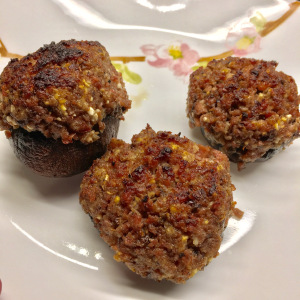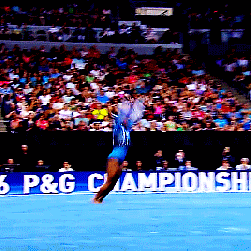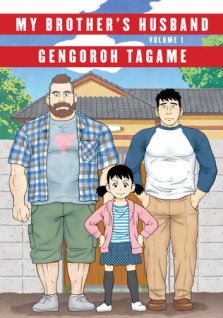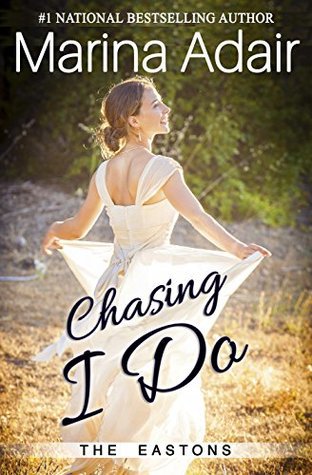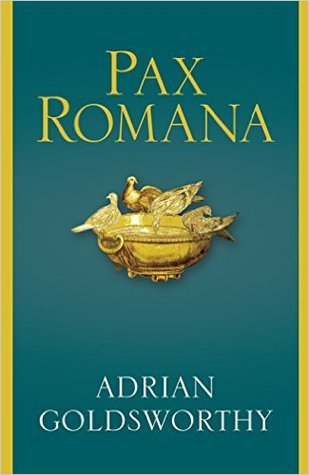Download links for: In Flanders Fields: The Story of the Poem by John McCrae


Reviews (see all)
Write review
I have the 1995 edition. I've always loved this poem. Reading this book most often makes me cry.
Such a great introduction to the poem and to WWI for kids.
Beautiful Art set to poem.
Other books by History & Biography
Related articles



